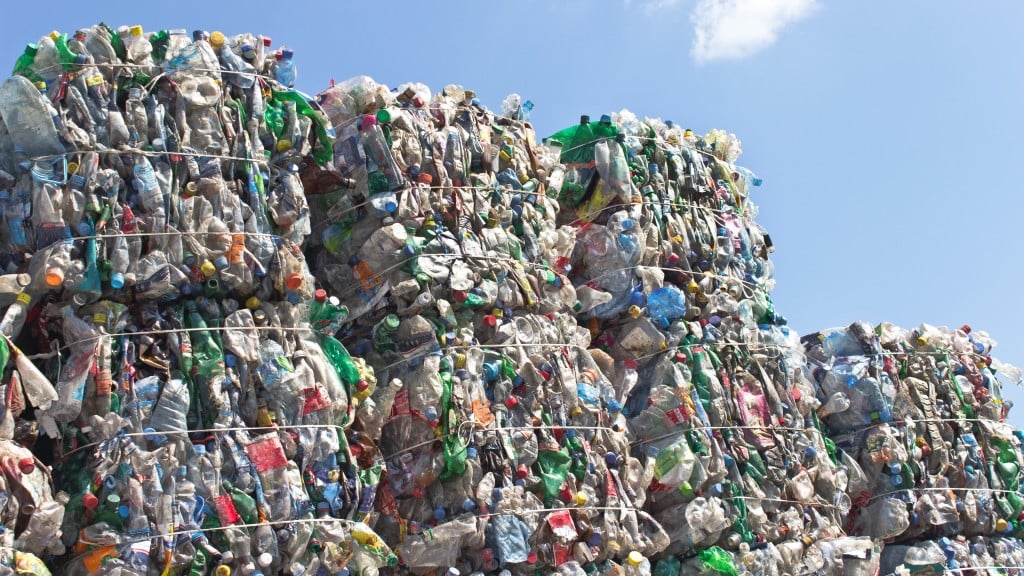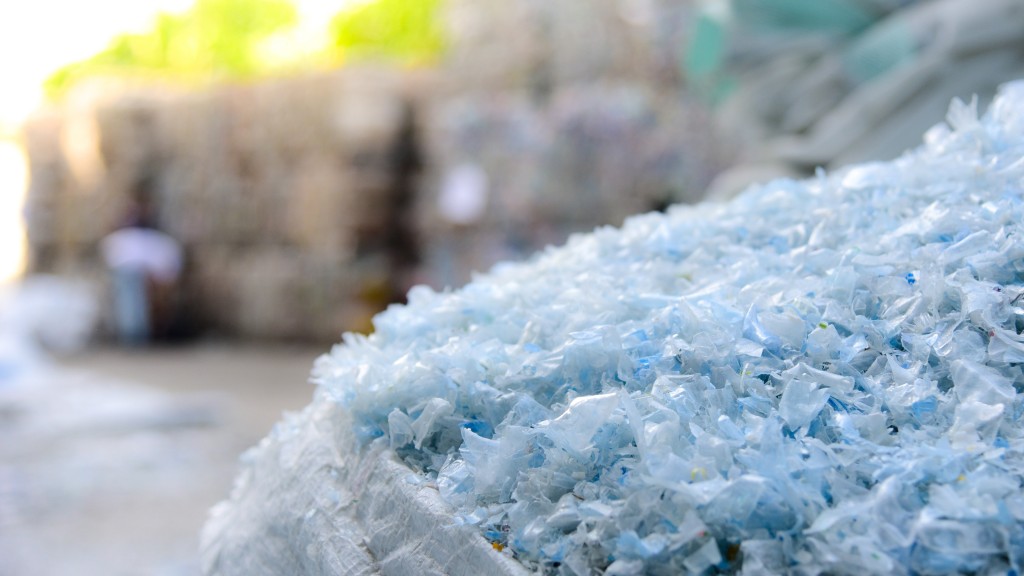
The U.S. Plastics Pact has released its latest strategic plan to help companies change how they design, use, and reuse plastics in their packaging. The U.S. Plastics Pact designed Roadmap 2.0 to focus on practical steps to create a circular economy where plastic packaging is reused, recycled, composted, and kept within the economy instead of becoming waste. This plan builds on the initial Roadmap to 2025, setting forth updated targets to address plastic waste and drive change across the entire plastics value chain.
Progress achieved in plastic waste reduction
The original Roadmap to 2025 was created to catalyze immediate action in the absence of a federal strategy. Over the past four years, the U.S. Plastics Pact has seen significant progress in plastics circularity,
- Reduction of problematic materials: Through the creation of a problematic and unnecessary materials list, the use of problematic or unnecessary plastics decreased from 14 percent to 8 percent.
- Increased recyclability: The amount of reusable, recyclable, or compostable plastic packaging increased from 37 percent to 47.7 percent.
- Recycled content: Post-consumer recycled or responsibly sourced biobased content in packaging increased from 7 percent to 9.4 percent.
- Community growth: The U.S. Plastic Pact expanded from 62 to over 130 activators.
- Resource development: The PCR Procurement Toolkit, PCR Certification Principles, and the Design for Circularity Playbook will be published summer of 2024.
Roadmap 2.0 sets new goals
Building on these advancements, the changing landscape requires companies to continue pushing boundaries. Roadmap 2.0 is designed to carry forward the unfinished targets from the original plan and introduce new objectives based on the experiences of U.S. Plastic Pact Activators:
- Reuse innovations: Reuse is now a primary target. By making reuse a core target, we can significantly reduce single-use plastics. Practical examples include returnable cup systems at events, which help reduce waste.
- Design for circularity: All plastic packaging will be designed and manufactured to be reusable, recyclable, or compostable.
- Elimination of problematic plastics: By 2030, all items on the expanded problematic and unnecessary materials list will be eliminated, and virgin plastic will be reduced by 30 percent. This approach ensures that only essential plastics are produced and used in ways that support sustainability.
- Effective recycling: The plan aims to recycle 50 percent of plastic packaging and establish the necessary infrastructure to achieve this at scale. In comparison, plastic packaging will achieve an average of 30 percent post-consumer recycled or responsibly sourced biobased content.
- Health and community impact: The plan also addresses the social impacts and disparities related to plastic production and use.
"The current reliance on virgin plastics is unsustainable," said Emily Tipaldo, executive director of the U.S. Plastics Pact. "Roadmap 2.0 aims to make a tangible difference by changing how we design, use, and reuse plastics. The focus is on practical, achievable steps companies can take to contribute to a circular economy."
Moving forward through collaboration
The U.S. Plastics Pact continues to work as part of the Ellen MacArthur Foundation's Plastics Pact Network and other global initiatives to harmonize efforts and share best practices. Roadmap 2.0 emphasizes cross-sector collaboration and innovation, to achieve these goals.
Roadmap 2.0 begins on January 1, 2026.


